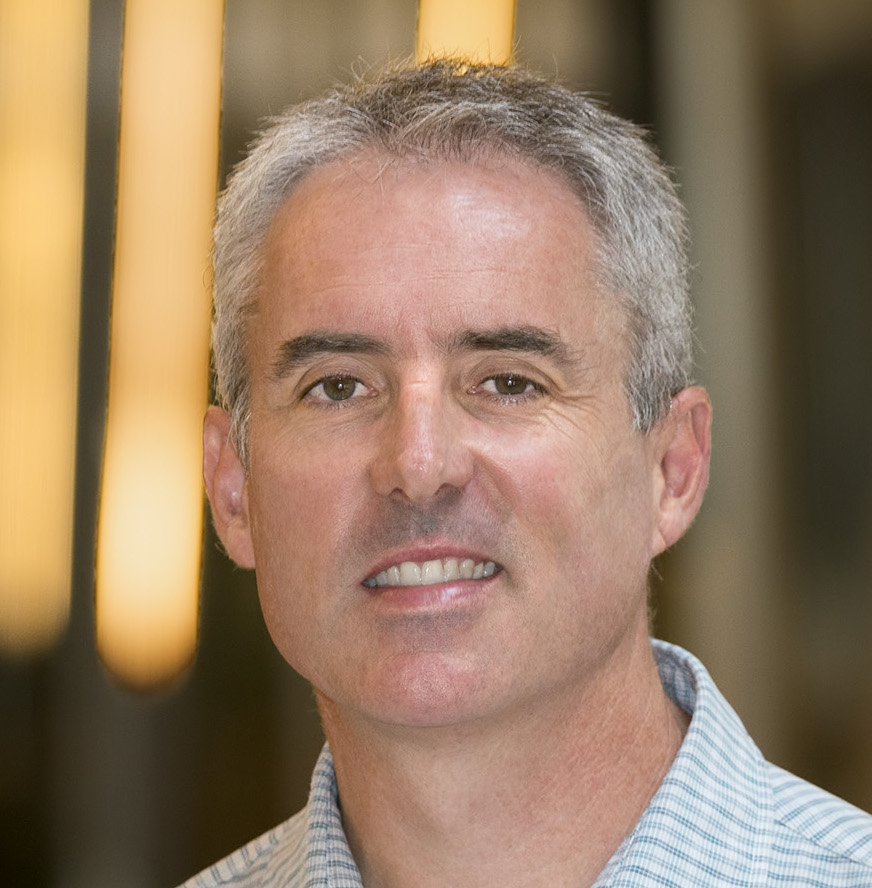First meeting of new ISSI burst team
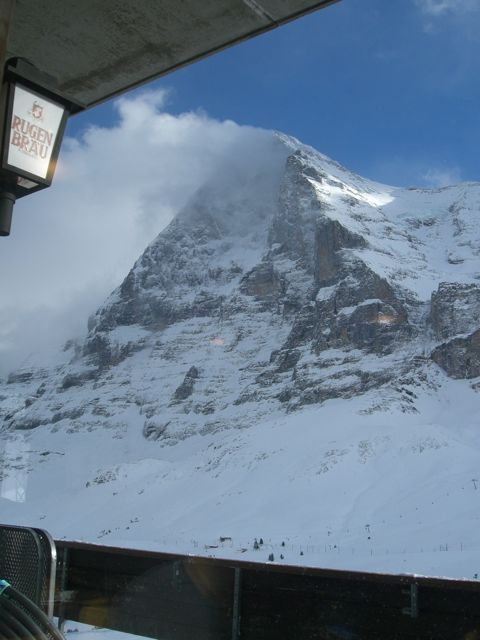 In December we kicked off a second international team with a meeting at Bern's
International Space Science Institute.
This time the theme is
Thermonuclear Bursts: Probing Neutron Stars and their Accretion Environments, and we focus on
photospheric radius-expansion (PRE) thermonuclear bursts, and burst
oscillations.
In December we kicked off a second international team with a meeting at Bern's
International Space Science Institute.
This time the theme is
Thermonuclear Bursts: Probing Neutron Stars and their Accretion Environments, and we focus on
photospheric radius-expansion (PRE) thermonuclear bursts, and burst
oscillations.
PRE bursts are so bright that the pressure from the outgoing radiation field exceeds even the ultrastrong gravitational field of the neutron star on which they occur. These events are key diagnostics for measuring neutron star properties, but much of the observed behaviour is not well understood. The same can be said for burst oscillations, which occur during brief intervals in some bursts, and allow us to measure the neutron-star spin. Despite more than a decade of study, there is yet no consensus on the origin of the oscillations.
Bern itself was in full Christmas mode, with the Weihnachtsmarkt in full swing, and the streets flowed with gluwein. Michael Zamfir and I managed a day skiing up at Grindlewald, in the shadow of the magnificent Eiger.


 The high-energy (and gravitational wave) astrophysics community in Australia
has always been a bit under the radar, with a relatively small number of
internationally recognised (but widely-dispersed) researchers. From
2006—9 I scheduled regular teleconferences to bring together researchers
in the field, which provided a great way for this community to interact and
share information. With the loss of a few key participants in 2009, these
telecons ceased. However, with the influx of new researchers to astrophysics
over the last few years, thanks to the
The high-energy (and gravitational wave) astrophysics community in Australia
has always been a bit under the radar, with a relatively small number of
internationally recognised (but widely-dispersed) researchers. From
2006—9 I scheduled regular teleconferences to bring together researchers
in the field, which provided a great way for this community to interact and
share information. With the loss of a few key participants in 2009, these
telecons ceased. However, with the influx of new researchers to astrophysics
over the last few years, thanks to the 
 The third accreting millisecond pulsar discovered in 2011 August by
ESA's
The third accreting millisecond pulsar discovered in 2011 August by
ESA's 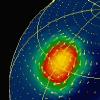 This month we were lucky enough to have a sizeable group of thermonuclear
burst experts in town, both visitors and attendees to the August
This month we were lucky enough to have a sizeable group of thermonuclear
burst experts in town, both visitors and attendees to the August
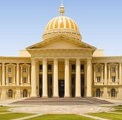 The
The
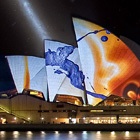 The
The
 Last week I visited Hannover for the
Last week I visited Hannover for the
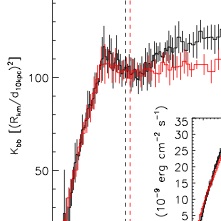 Regular, mixed H/He thermonuclear bursts have long served as valuable comparisons for
numerical ignition models. Such bursts are observed only from a few systems,
and it remains a mystery why this mode of bursting is so rare.
Regular, mixed H/He thermonuclear bursts have long served as valuable comparisons for
numerical ignition models. Such bursts are observed only from a few systems,
and it remains a mystery why this mode of bursting is so rare.
 March saw me back in Switzerland taking part in the second of two meetings
at the
March saw me back in Switzerland taking part in the second of two meetings
at the

 Late last year I was interviewed by Pratap for his excellent science blog
Late last year I was interviewed by Pratap for his excellent science blog

